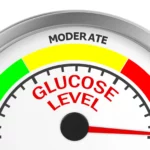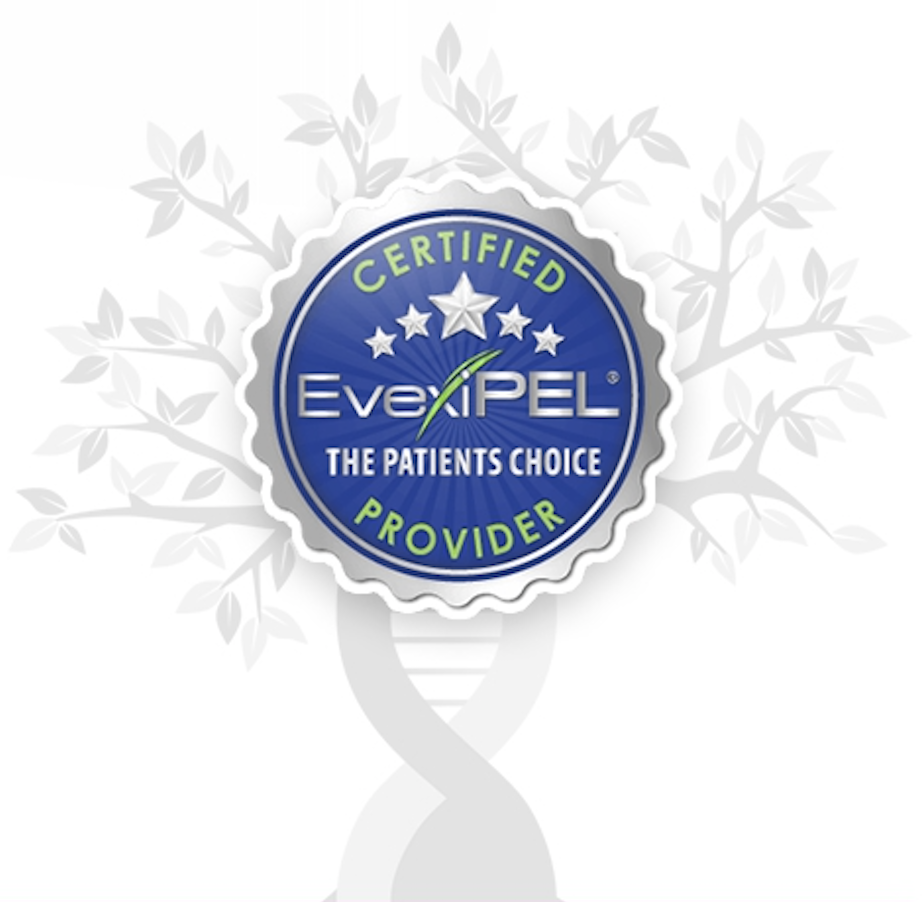
Menu

by
|
In a blog written for the American Academy of Anti-Aging Medicine (A4M), Zuzanna Walter shines a light on how female-specific health conditions have not received as much funding or educational focus as
male-specific health conditions, despite the fact that women make up half of the global population. These institutional deficiencies have existed for decades, even though recent research has shown that women metabolize medicine differently than men and may experience more intense medicinal side effects than men, leading to a global health crisis for women that is only beginning to be properly addressed. Fortunately, recent increased investments in women’s health seem to suggest that improvements are on the way.
For years, it has been abundantly clear that women’s health should be examined individually instead of getting lumped in with men’s health studies. The most glaring, all-encompassing reason why women’s health should be funded and studied individually is the most obvious: women’s health, including the way it pertains to risks of certain diseases and health conditions, is not a mirror image of men’s health.
Women across the globe have been critically underserved in clinical trials; in fact, they weren’t even required by law to be included in US clinical trials until 1993. This discrepancy has had far-reaching effects on women’s health. A lack of women being included in drug dose trials has actually led to women experiencing side effects from medications at double the rate of men due to overmedication. One study led by researchers at the University of Chicago and the University of California-Berkeley analyzed 86 medications that have been approved by the Food and Drug Administration. They found that in more than 90 percent of cases, women experienced more intense side effects than men even though they were
taking the same recommended dose.
How can women be so casually given the same directions for use as men? Why do so many clinical studies establish guidelines for both sexes after analyzing male participants at such a greater rate than female participants? Even clinical studies that do include women often fail to break down the results into sex-specific reports.
A lack of women in clinical trials is not the only reason that women’s health is experiencing a crisis. A massive discrepancy in funding has also had a negative effect on women’s health to the point that female patient outcomes are becoming worse around the world. One examination done by McKinsey & Company found that “approximately 1% of healthcare research and innovation funding is invested in female-specific conditions beyond oncology.” A gap that wide in funding is beyond concerning; it’s irresponsible.
The good news is that increased investments are continually being made in women’s care beyond reproductive and maternal care. While it took way too long to get to this point for half of the global population, investors and medical experts have recognized the opportunity to serve this untapped market. After all, women are responsible for 80 percent of consumer-based purchasing decisions that are tied to the healthcare industry.
This increased attention and investment has also spilled over into the anti-aging and preventive healthcare industries, which have always been more progressive when it comes to focusing on sex-specific therapies. A study by the Max Planck Institute (MPI) for Biology of Ageing in 2022 further highlighted the importance of approaching healthcare from a more individual, sex-specific angle after finding that the anti-ageing drug known as rapamycin affected men and women differently.
Preventive healthcare practitioners have always been more in tune with the fact that every individual person responds to medications differently; not just men and women. They have been educated and trained to look at an individual’s health from a whole body perspective. That perspective has helped countless women enhance their overall health and wellness from the root level, reducing the risks of serious age-related health conditions like osteoporosis, cognitive decline and cardiovascular disease in the process. While the rest of the healthcare industry is catching up in this more individualized approach to healthcare, their approach still tends to be more reactive than preventive. Speaking with a preventive healthcare specialist, like a hormone replacement therapy (HRT) practitioner, isn’t just good for addressing the symptoms of menopause; speaking with someone who sees medicine through this individualized lens has the potential to help women enjoy greater vitality and long, fulfilling lives.




